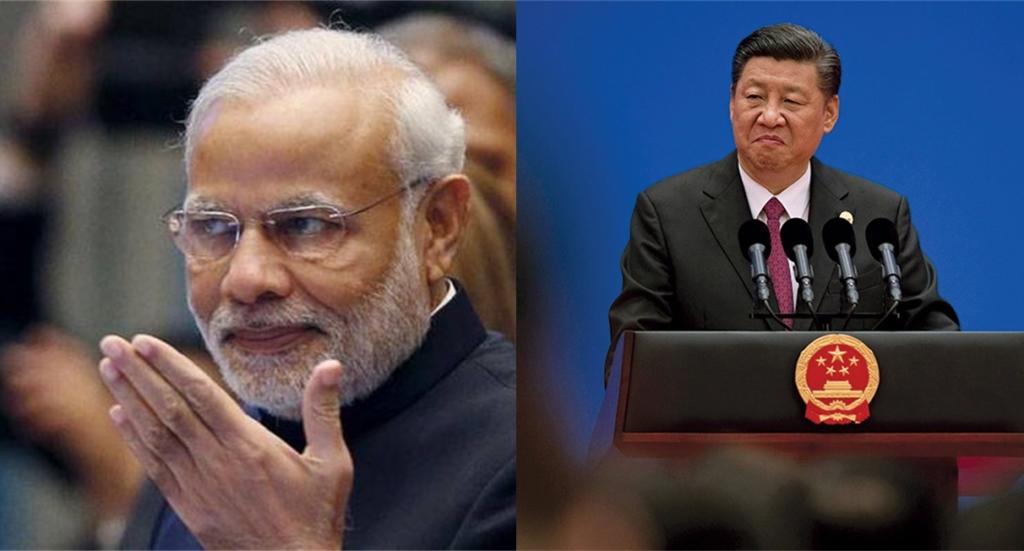The year 2018 has emerged out to be one of the most crucial years for the Indian corporate sector, as foreign buyers are now spending more in India than China. India is the world’s fastest-growing large economy. Once considered as bureaucratically sclerotic and unpredictable, India is now seen as the land of opportunities driven by millions of consumers.
The investors and companies are betting on India because of the speedy infrastructural growth of the nation including industry consolidation, a better bankruptcy system and a growing willingness among owners of large family businesses to cash out.
According to Dealogic, the mergers and acquisitions targeting Indian companies totaled $93.7 billion this year—up 52% from a year earlier—which is the highest tally since the economy started opening up in the 1990s. The value of overseas purchases in India has overtaken those in China. Acquirers spent $39.5 billion in India versus $32.8 billion in China, where growth is slowing and a trade battle with the US is underway.
With favorable demographics, encouraging regulatory regime, impetus on FDI and stable government; India is turning into an attractive destination for inbound Merger & Acquisition (M&A). Since, 2014, there has been a sharp uptrend in M&A activity, making India a leading FDI destination.
Prime Minister Narendra Modi is striving to make life easier for business and the corporate sector. He has eased Foreign Direct investment (FDI) rules, implemented a new bankruptcy code, replaced a complex web of taxes with a nationwide Goods and Services Tax (GST) and promised policies to end “tax terrorism,” which in the past left some international firms with surprise retrospective bills. Also, India made a leap of 23 places in the World Bank’s ease-of-doing-business ranking this year.
“Overall the environment is far more conducive to deal activity,” said Pramod Kumar, managing director and head of banking at Barclays in India.
According to a report by government think tank NITI Aayog, India’s growth is faster that of China and the Gross Domestic Production (GDP) will almost double to $5 trillion by 2030. The report further added that India has a huge number of consumers spending higher than that of Chinese consumers.
“Anything which touches the domestic consumption story has to be of interest,” said Sundareswaran S., executive director at Morgan Stanley in Mumbai.
This year has witnessed some big corporate investments like, Unilever NV agreed on buying Horlicks, a malted-drink brand that is hugely popular in India, from GlaxoSmithKline PLC as part of a $3.75 billion deal. Another big acquisition of the year includes Walmart Inc. and Flipkart deal. Walmart invested $16 billion for a majority stake in Indian e-commerce firm Flipkart Pvt Ltd. Technology firms have also attracted investors like SoftBank Group Corp, Naspers Ltd., and Alibaba Group Holding Ltd.’s Ant Financial Services Group. On Thursday, Naspers said it led a $1 billion fundraising for Swiggy, a food-delivery app company.
In September, SoftBank made an investment of $1 billion in hotel-booking startup OYO Hotels. These kinds of large purchases allow companies to leapfrog the arduous process of establishing new businesses on the ground and also help in increasing the nation’s economy.
The introduction of the bankruptcy code resulted in the entering of hundreds of companies in insolvency proceedings with their owners losing control. It enabled the corporate deals like Tata Steel Ltd.’s $8.3 billion acquisition of domestic steelmaker Bhushan Steel Ltd.
“It’s not a surprise that you have all these big guys who have been in steel, 10, 20, or 100 years getting so excited. In how many other countries are people so excited about buying steel assets?” said Kaustubh Kulkarni, head of investment banking at JP Morgan India Pvt. Ltd. Government’s focus in pushing Make in India, enhancing infrastructure investment, aided with stable Policy reforms; will push countries growth forward.
